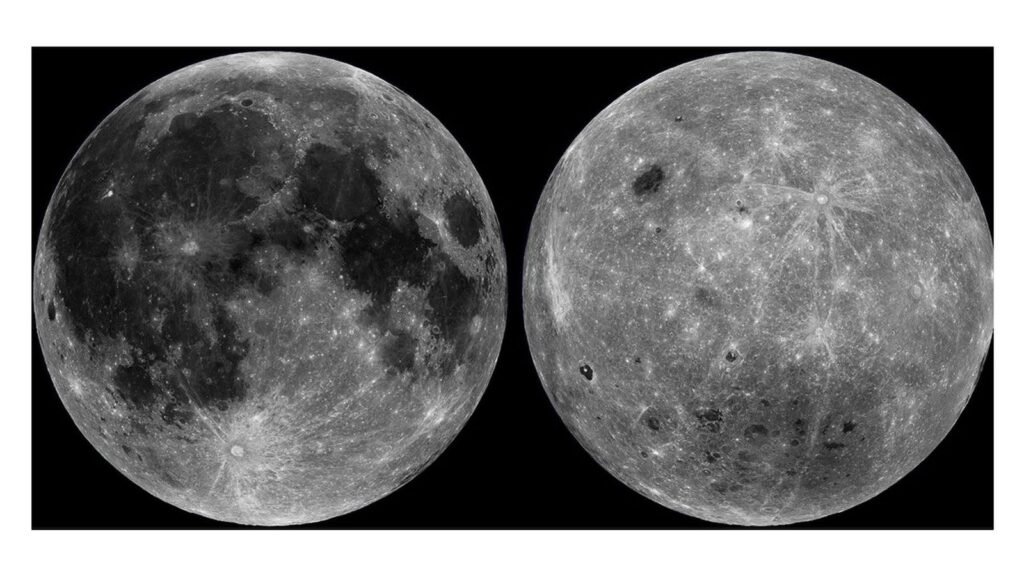Scientists have made a significant discovery regarding the moon’s internal structure, shedding light on the mystery of why its two hemispheres appear so different. The moon’s near side, facing Earth, is characterized by ancient lava flows and darkness, while the far side, hidden from view, is rugged and rocky. Through data analysis from NASA’s Gravity Recovery and Interior Laboratory (GRAIL) mission, led by Ryan Park from the Jet Propulsion Laboratory, researchers found that the moon’s near side exhibits greater flexing compared to the far side. This suggests a fundamental difference in internal composition between the two sides.
The team’s decade-long study utilized information gathered by the GRAIL mission’s spacecraft, Ebb and Flow, which orbited the moon from 2011 to 2012. By monitoring how the moon responds to Earth’s gravitational pull and flexes as it orbits, researchers identified that the near side is internally warmer than the far side. This breakthrough not only enhances our understanding of the moon but also has implications for studying other planetary bodies. The team has already applied their technique to map the internal structures of planets like Jupiter and the Vesta asteroid.
The findings open up new possibilities for exploring diverse planetary bodies within our solar system. Mr. Park highlighted the potential for future research using this method to delve into the interiors of intriguing celestial objects beyond the moon. This work represents a significant step forward in planetary science and provides valuable insights into the internal dynamics of various celestial bodies.

